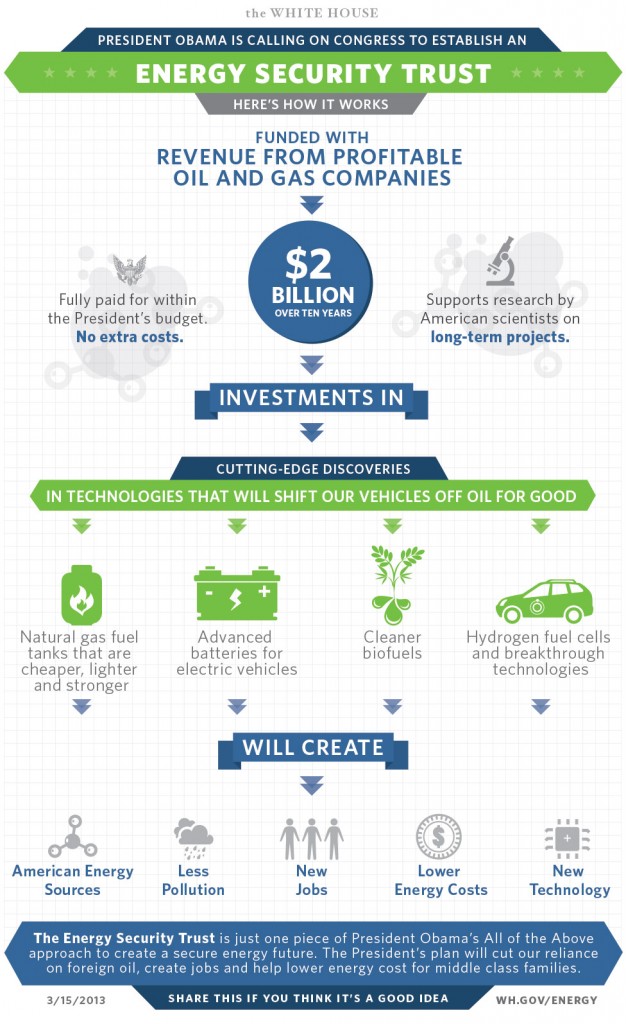Job Alert: Deputy Director of Planning and Environmental – Honolulu Authority for Rapid Transportation @ Honolulu, HI
POSITION TITLE: Deputy Director of Planning/Environmental
REPORTS TO: Director of Planning/Right-of-Way/Permits
LOCATION: Honolulu, HI
The Honolulu Authority for Rapid Transportation was established to provide an efficient and reliable transportation alternative for Honolulu’s congested urban corridor. The project was established in 2005 and is being supported by federal, state and local officials. The system will be a fully automated electrically powered elevated rail system with the first phase completed in 2017 and the remaining segment completed in 2019. This system will provide transportation along 21 stops from East Kapolei to AlaMoanaCenter and will offer stops for commuters and visitors to areas including downtown Honolulu, Oahu’s core commercial and business center and Aloha Stadium, Pearl Harbor and HonoluluInternationalAirport.
By providing rail transportation services, HART will assist in reducing congestion, Hawaii’s dependence on fossil fuels and offer a safe, affordable and on time service to residents and visitors.
HART is seeking a dynamic and experienced manager to serve as the Deputy Director, Planning and Environment to administer, manage and coordinate HART’s comprehensive transit and environmental planning and land use functions related to the Honolulu High Capacity Transit Corridor Project. The Deputy Director will oversee the preparation of documents to comply with the Federal Environmental Regulatory Acts, Executive Orders, Hawaii Revised Statutes, local land use regulations and agency requirements. The position is responsible for consulting with the Federal Transit Administration and with the Project Management Oversight Consultant on matters related to the Projects transit planning and environmental issues. The Deputy Director will manage up to six employees and will oversee the project management plan as it relates to transit and environmental planning. The Deputy Director will also ensure the enforcement of controls and limitations for specific land use consummate with the objectives and intentions as presented in the Project plans.
RESPONSIBILITIES
- Plan, assign and coordinate activities relating to the planning function of the Honolulu High Capacity Transit Corridor Project as it relates to the total City planning program including land utilization, transportation facilities, public utilities, permitting, and community facilities.
- Provide overall project management expertise and oversight for formulating and conducting transit and technical environmental planning studies
- Meet with Federal, State and City officials, property owners, developers, planning consultants, civic and community groups to communicate the purposes, objectives, methodologies and work program of HART.
- Manage transit planning and environmental aspects of the project and oversee the preparation of documents to comply with National Environmental Policy Act (NEPA), other Federal environmental Regulatory Acts including the Endangered Species Act; the Clean Water Act; the clean Air Acts; the National Historic Preservation Act; Section 4(f) of the Department of Transportation Act; and the Moving Ahead for Progress in the 21st Century (MAP-21).
- Meet with stakeholders to review and evaluate planning and environmental issues, oversee the evaluation of alternatives and make appropriate recommendations.
- Oversee the independent collection, analysis, assimilation and incorporation of project related data.
- Oversee the preparation of environmental studies and technical reports by contractors and consultants.
- Directly coordinate with Federal, State and City officials as well as consultants and contractors to complete all Project related environmental documents.
- Monitor the evaluation and interpretation of Federal and State regulations applicable to the Project and provide guidance and direction in activities accordingly.
- Oversee the quality management of planning work processes and products and determine the corrective measures that are required where appropriate.
- Oversee the preparation of presentation materials and participation in public information hearings or meetings and public outreach activities related to the environmental planning process.
- Other duties as required and appropriate for a position of this classification and level.
PERSONAL ATTRIBUTES
The candidate should possess the following attributes:
- Unquestioned integrity and work ethic.
- Excellent interpersonal communication, presentation, and writing skills.
- Strong management and team building skills. Ability to lead, motivate, mentor, and develop staff.
- Proactive listener, communicator and strong public speaker who is capable of building relationships.
- Strong and proven leader who is not afraid to present new initiatives and ideas. Forward thinking, strategic executive who is capable of collaborating with and building consensus among stakeholders.
- Excellent bi-partisan problem solving and conflict resolution skills.
- Professional judgment (including practical approach, appropriate risk taking and political savvy).
- Demonstrated experience working in large complex operating environments, advising and offering solutions to senior executives by interacting with multiple government/federal agency officials and other stakeholders who potentially have significant divergent views.
- Assist in the design and on-going development of critical systems.
EXPERIENCE
A Bachelor’s degree in planning, environmental, engineering or closely related field of study. Working knowledge of NEPA, HRS Chapter 343, DOT and FTA environmental regulations and processing is a plus. Experience managing a team of technical staff and providing program management guidance is preferred. Also, a minimum of 5 years of experience leading a planning team in the areas of land use planning, environmental planning and transportation planning and ideally experience working with the FTA.
To apply, please submit a resume and cover letter to Gregg A. Moser, Krauthamer & Associates at gmoser@krauthamerinc.com.
Source: via YPTransportation.org










